SDG5

Our theme is to look at GENDER EQUALITY AND WOMEN’s EMPOWERMENT to bring attention to the unfair treatment of women across cultures and educate the public on the importance of women’s empowerment. Each artefact will look at different parts of empowerment across numerous sectors: food consumption, domestic work, and cultural differences. In our exhibit, the artefacts on display serve as powerful symbols of women’s empowerment and the ongoing struggle for gender equality. Each artefact tells a unique story, highlighting the resilience and determination of women throughout history. Ultimately, this artefact encourages visitors to reflect on the importance of women’s empowerment and gender equality, both in the past and in the present. It underscores the interconnectedness of gender equality with issues such as food consumption, domestic work, and cultural differences, urging viewers to act towards creating a more equitable and just society for all. The fruit and vegetable garden miniature intends to honour the unpaid domestic labour that had to do for hundreds of years to feed their families. The poster with QR code shows the difficulty of family traditions in Japan and the unpaid labour women do. The inspirational video message and playlist react to the difficulty of growing up as a woman, relating back to domestic work, responsibilities, and childhood, bringing a positive message, contrasting to the negative information in the previous artifact mentioned.
Video
Garden model
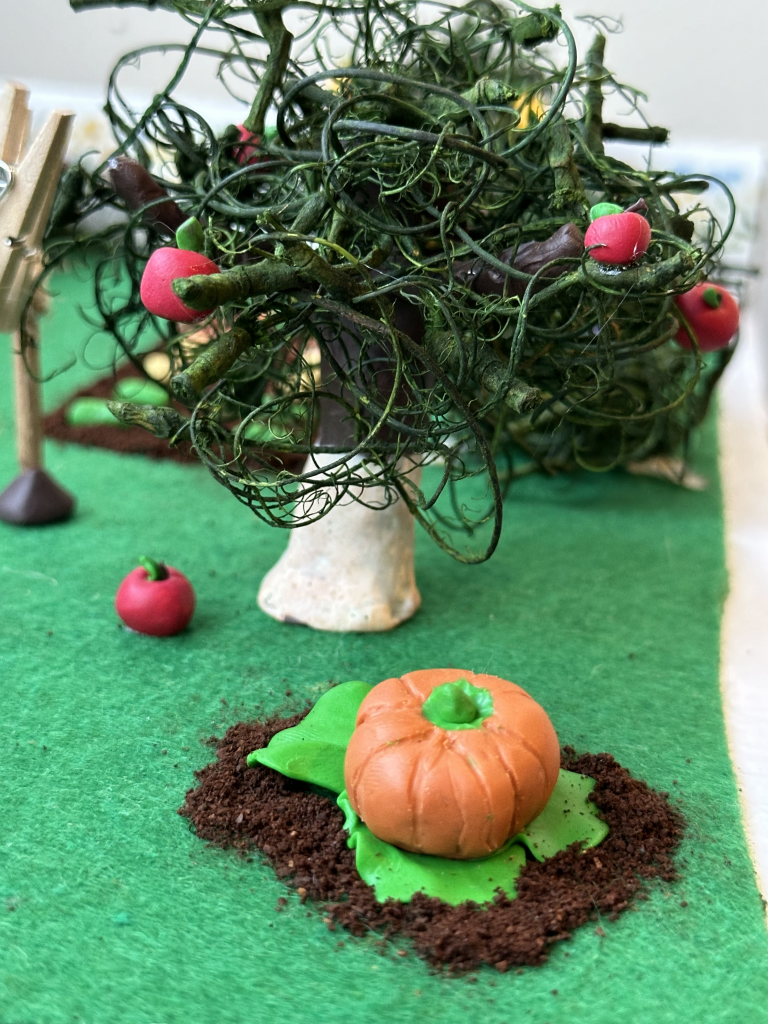
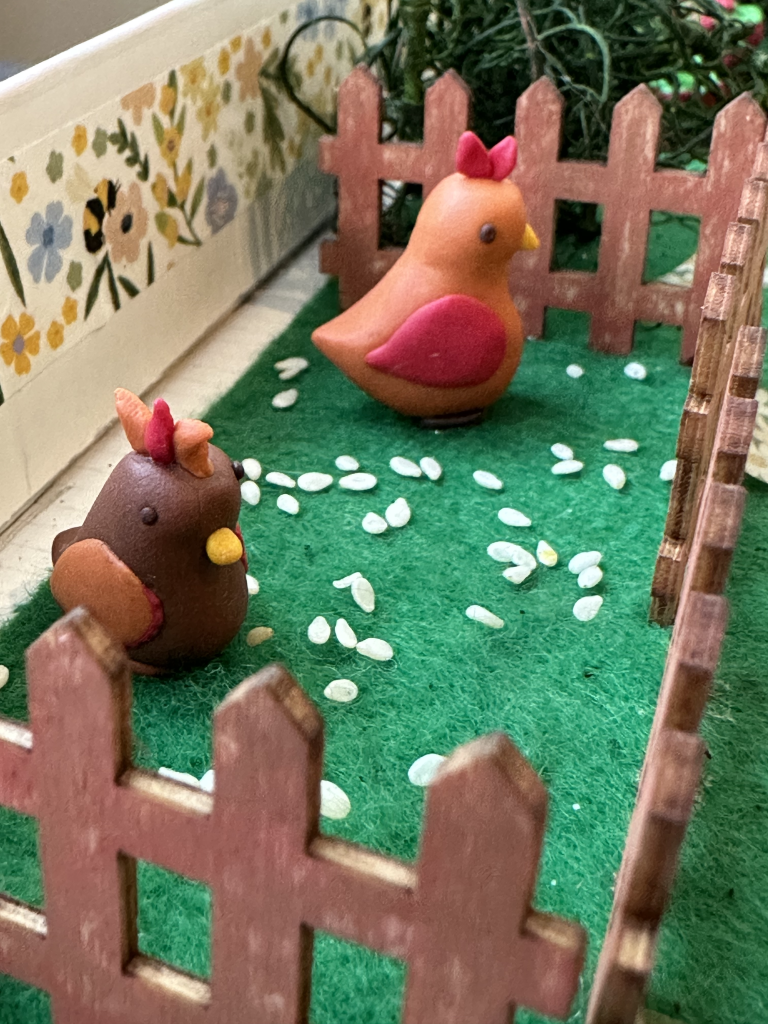
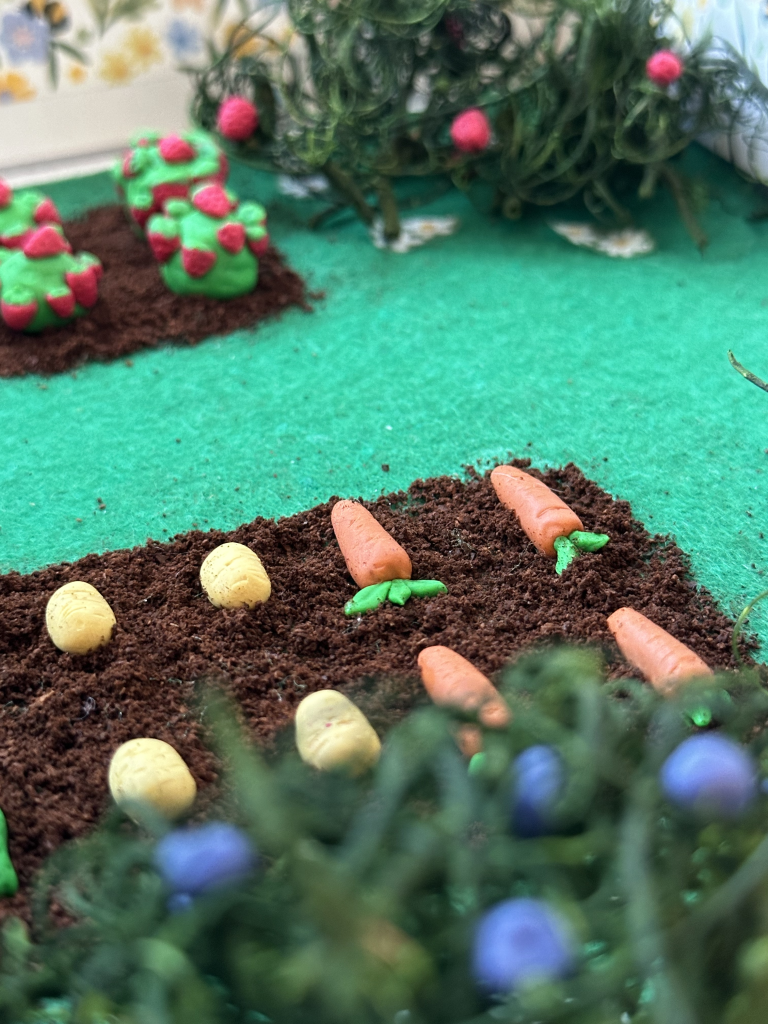

Poster
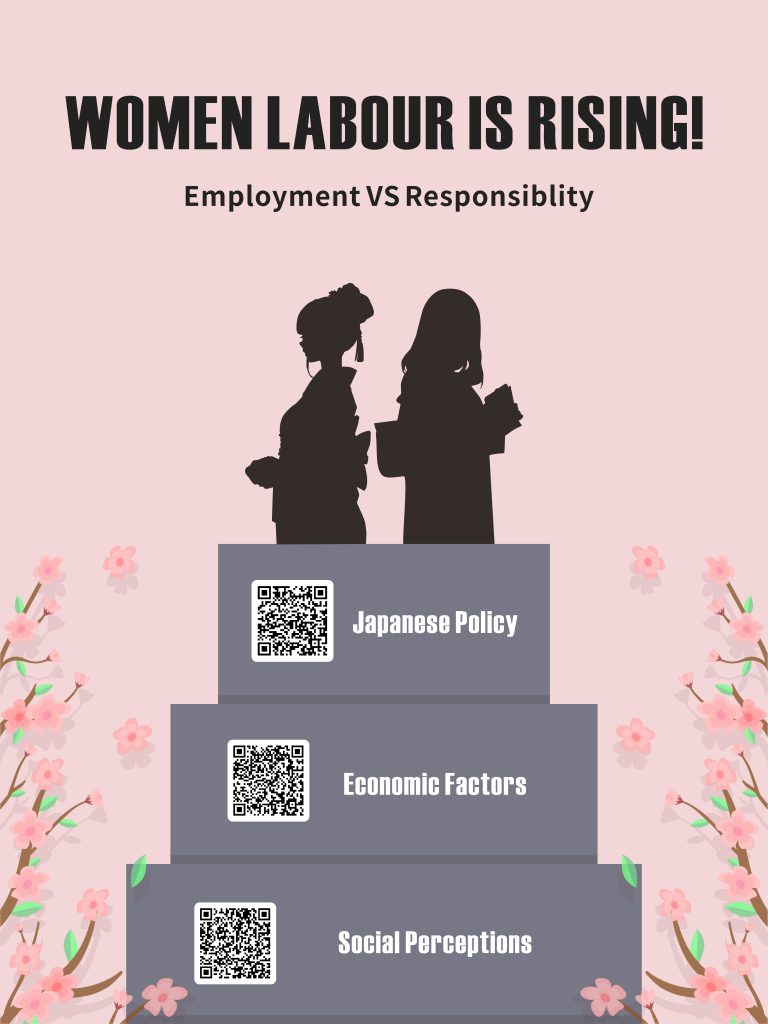
Playlists
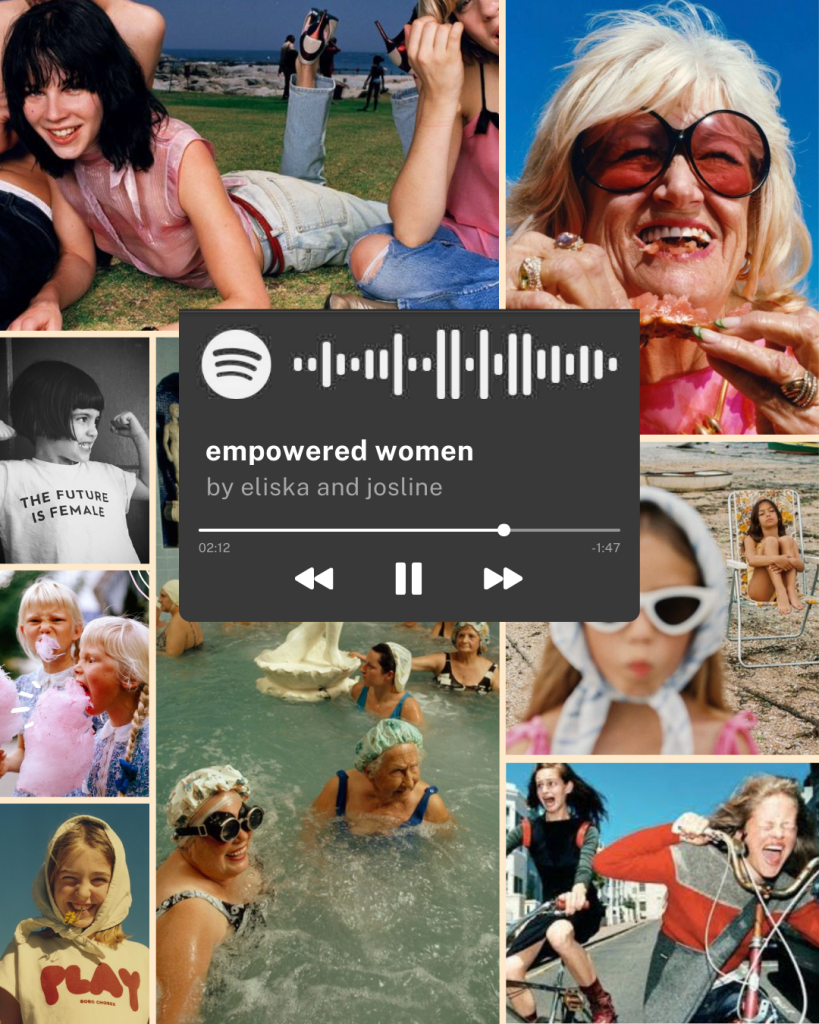
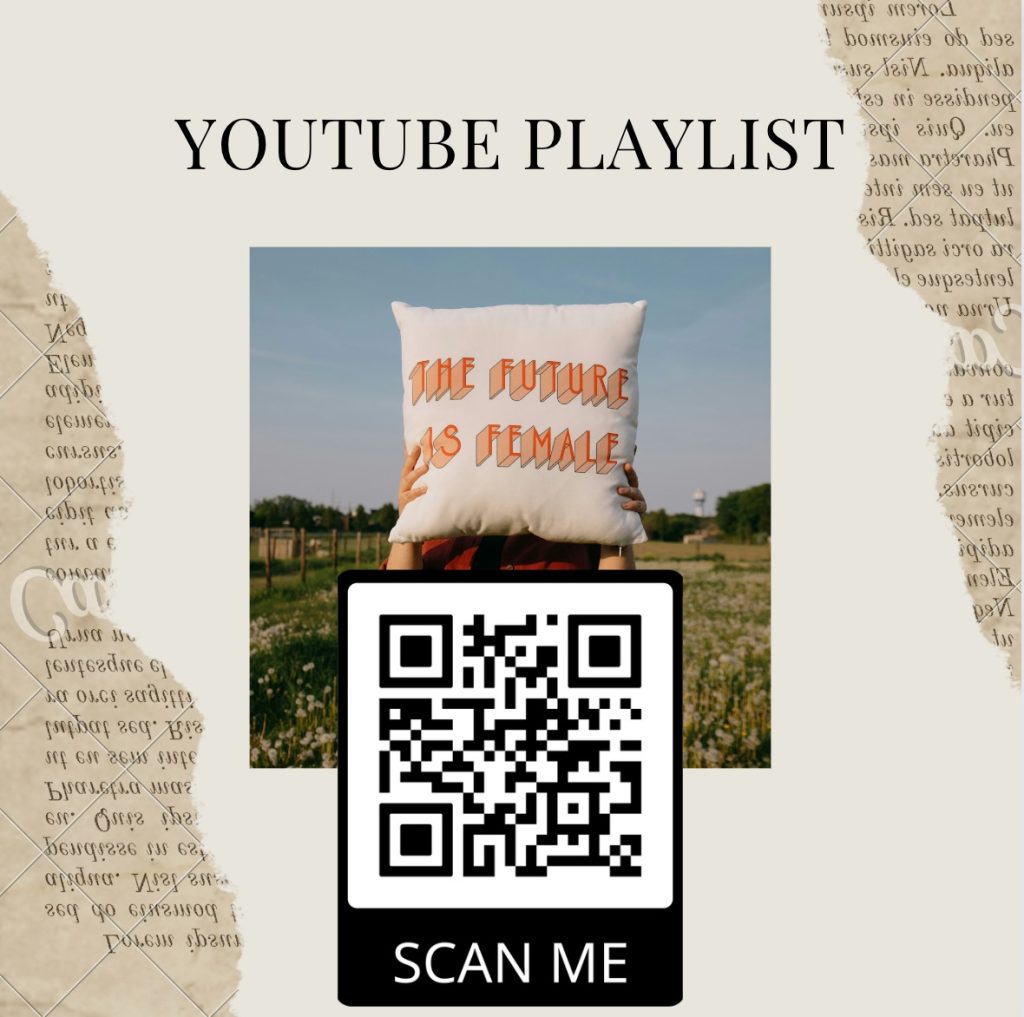
Text
Target 5.3 Eliminate forced marriages and genital mutilation
Child and Forced Marriage with Photography
According to a BBC News report, there are still over 12 million girls who are under 18 years old who are married.
Child marriage is defined as a formal marriage or informal union between a child under the age of 18 and an adult or another child by UNICEF. Even though many countries have announced to stop young marriage, there are still many countries that legally allow this to happen.
According to the Global Goals for Sustainable Development 5, to achieve gender equality and stop forcing marriage is necessary. Gender inequality exists in some countries, which means that women and girls are treated as second-class citizens. Children should enjoy their childhood at a decent age.
Here, we have some photographs to demonstrate some different meanings. First of all, the picture shows children’s happiness on their faces. Secondly, a bunch of toy rings in a man’s hand demonstrated forced marriage, and toy rings could represent a young child. Next, giving a toy ring to a young adolescent can be defined as forced marriage and getting a child bride without awareness. We should put the veil on the bride’s head instead of the children’s, and children should wear a flower wreath instead of a veil as they are having fun together. Compared to diamond rings and toy rings, children should enjoy their childhood and play house games instead of wearing diamonds in wedding dresses.
Therefore, how can we stop child marriage in the future? To improve education by educating their parent, children, and community to raise awareness. To ensure the policies or laws can protect and promote girls’ and women’s rights.
This group of photographs are trying to use contrast to remind people not to forget there are still some young girls somewhere who need our help. Children should enjoy their childhood, not a marriage!